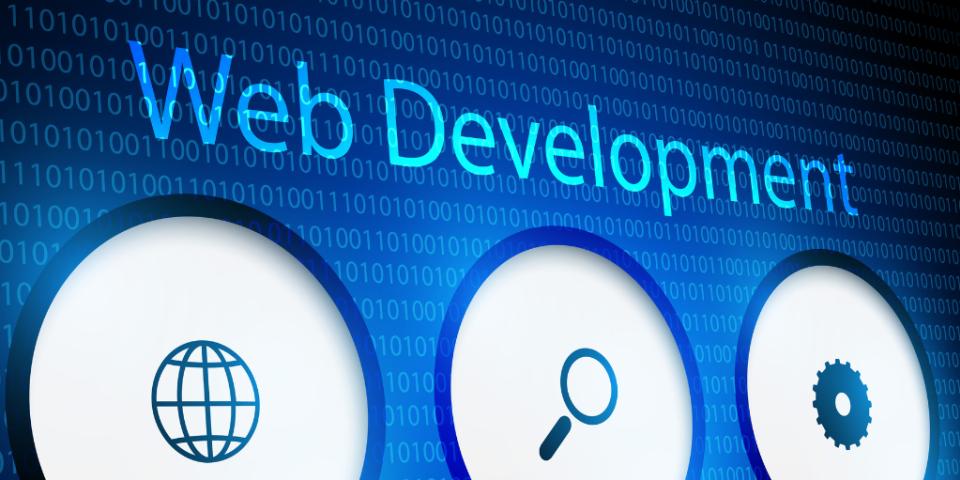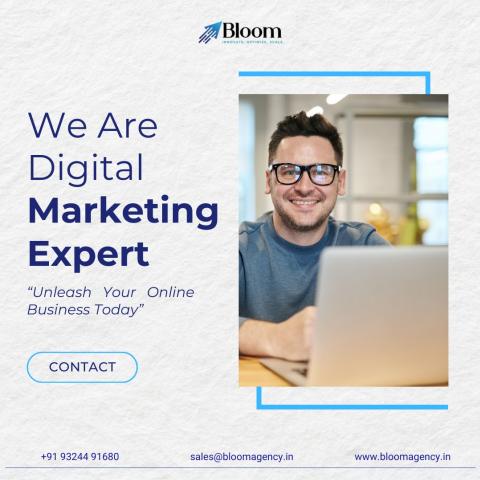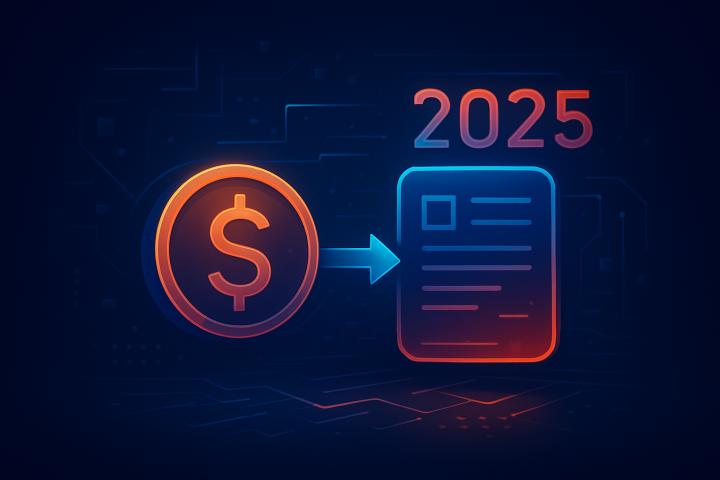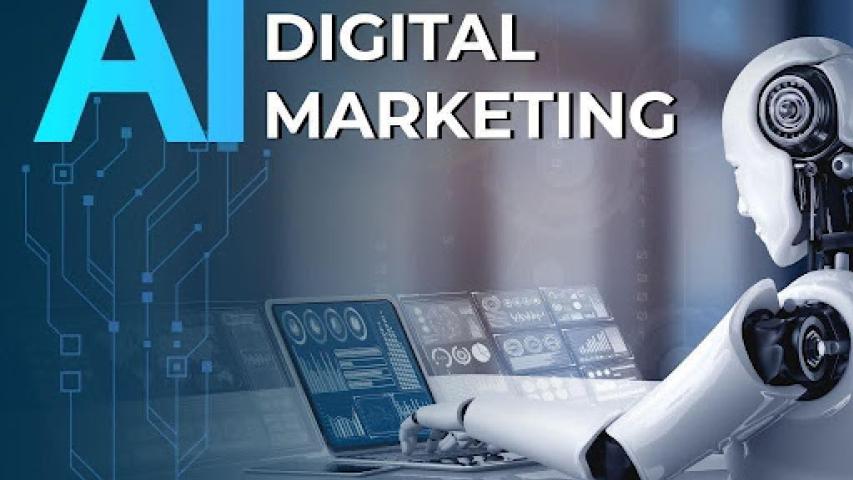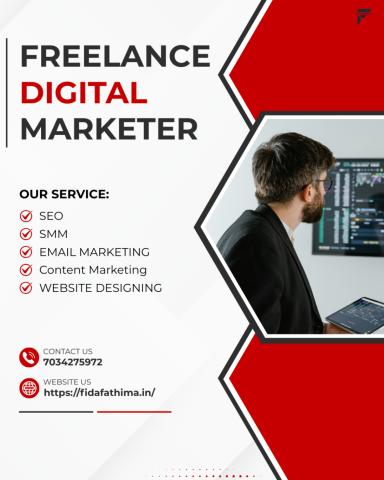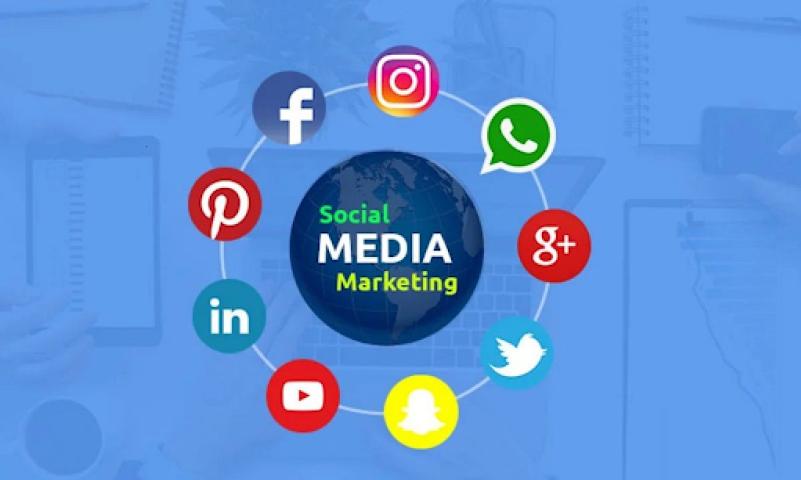Digital marketing has rapidly evolved over the past decade and continues to transform how businesses interact with consumers in 2025 and beyond. It is no longer just about having a social media presence or running occasional ads. Today, effective digital marketing is based on strategic planning, in-depth audience knowledge, data-driven decision-making, and get-your-hands-dirty execution. Looking forward, it's evident that the future of digital marketing is all about being adaptable, personalized, and always learning. As the person running my website, being current with these changes isn't just necessary—it's vital.
One of the largest changes in digital marketing is the increasing role of personalization. Customers no longer settle for mass messages or universal campaigns. They want custom experiences that respond to their interests, behavior, and preferences. This has prompted the development of more advanced tools to enable the tracking of user interactions and the delivery of customized content in real time. For example, when a visitor comes to my site, I want them to be exposed to content relevant to their interests, whether that is a blog article, product suggestion, or promotion. That degree of personalization not only enhances engagement but also boosts conversion rates dramatically.
Artificial Intelligence and automation are now the cornerstones of digital marketing today. AI-based software can now scan enormous amounts of data in seconds, give insights into customer actions, and even create content. From chatbots providing instant support to predictive analytics driving future campaigns, AI is making digital marketing faster and more effective. For my website administrator, utilizing AI for content suggestions or auto-email follow-ups has helped save time and boost response rates. Furthermore, automation tools assist in making routine tasks more streamlined, enabling marketers to concentrate on strategy and creativity.
Video content remains king of online platforms. With the rise of TikTok, YouTube Shorts, and Instagram Reels, users are watching video content more than ever before. Videos not only capture attention but are also easier to comprehend and more memorable compared to text-based content. This is particularly the case when marketing products or services. When I included brief, informative videos on my site describing services and featuring testimonials, the site's average visit duration jumped significantly. Video marketing is no longer a nice-to-have—it's a robust tool that establishes credibility, proves value, and drives action.
Another increasing trend is voice search. As smart speakers and virtual assistants like Alexa, Siri, and Google Assistant become more integrated into daily life, people are searching the web using voice commands more frequently. This requires a different approach to search engine optimization. Voice searches are more conversational and question-based, so content must be structured to answer questions clearly and naturally. I needed to rework some of the text on my website to accommodate voice search behavior, which assisted in becoming more visible in search engine results.
Social commerce is also on the rise. Social media sites are no longer the sole province of engagement and branding; they're now active shopping platforms. Instagram Shopping, Facebook Marketplace, and TikTok Store are all features that allow the user to buy directly within the app. Such convenient shopping experience avoids friction and also inspires impulse purchase. I discovered that adding my site's product links to my Instagram stories triggered traffic and purchases. Social commerce is closing the discovery-to-buy loop, and companies that bank on it get to access huge crowds that're poised to spend.
Content marketing remains a central tenet in digital strategies. Although the formats have grown to include video, podcasts, and interactive media, the principle is still the same: provide value to your audience. Regularly producing high-quality, informative content builds trust and authority. I emphasize writing blog entries and case studies on my website that address typical customer questions, share success stories, and share insights. This not only brings organic traffic but also establishes the brand as a useful source. Search engines also prefer websites that consistently release useful, original content.
First-party data gathering and data privacy are increasingly becoming important because regulations like GDPR are tightening and third-party cookies are being phased out. Companies now have to pay attention to creating direct relationships with customers and gathering data in an ethical manner. This involves providing worthwhile incentives to users to subscribe, provide feedback, or sign up for accounts. On my site, I included a downloadable resource for free in return for sign-up emails, which has created a list of interested, willing users. Using tools such as Google Analytics 4, it is now simpler to grasp how users engage with your website without compromising privacy standards.
Influencer marketing is also changing. It's not anymore about working with celebrities or those with millions of followers. Micro-influencers and niche creators tend to have greater engagement and more trustworthy relationships with their audience. Authenticity is more valuable than reach. Working with influencers who share your brand values can contribute to meaningful and measurable outcomes. When a local influencer referenced my site in a tutorial video, it sent a wave of extremely engaged traffic that lingered and visited more pages.
Mobile-first design is now required, not advisory. Since the majority of people using the internet are viewing it from mobile phones, sites have to be geared for small screens, speedy downloads, and clear navigation. By making my site mobile-friendly by redesigning, bounce rates plummeted and the user experience drastically improved. Mobile-friendly sites also get given a higher preference by Google in its search rankings, so this further makes it more crucial to ensure your site looks good on multiple devices.
Future of digital marketing also encompasses multi-channel strategies. Customers now engage with brands across multiple touchpoints—social media, search engines, email, and even messaging platforms. Omnichannel marketing allows for consistency and personalization across all these touchpoints. For instance, if a customer clicked an ad on Instagram, came to my website, and signed up for a newsletter, then he/she should be followed up on relevantly via email or SMS. Coordinating these initiatives with the assistance of marketing automation platforms provides a smooth customer experience and enhances conversion.
At the end of the day, digital marketing is a matter of embracing change and delivering value. As technologies mature and consumer behaviors change, marketers must be capable of experimenting, measuring, and optimizing their initiatives. One of the greatest methods of learning and improvement lies in doing it. Running my website has served as the most real-world practical education ground for me—each campaign, content change, and tool implementation has had a lesson to learn. I think that only through doing, and not through watching or reading, can one achieve real digital marketing success.
Finally, the future of digital marketing is ripe for the taking for those willing to actually do it. With improvements in AI, video, personalization, voice search, and social commerce, marketers now have more tools than ever to engage and reach their audience. Meanwhile, being mobile-first, staying ethical with data usage, and developing valuable content remain the building blocks. Whether you're optimizing landing pages, writing blogs, or running ads, keep in mind that actual growth occurs when you use your knowledge in practice. If you're committed to getting good at this, begin testing, monitoring your results, and continuing to learn—like I have with ongoing enhancements to my site.



